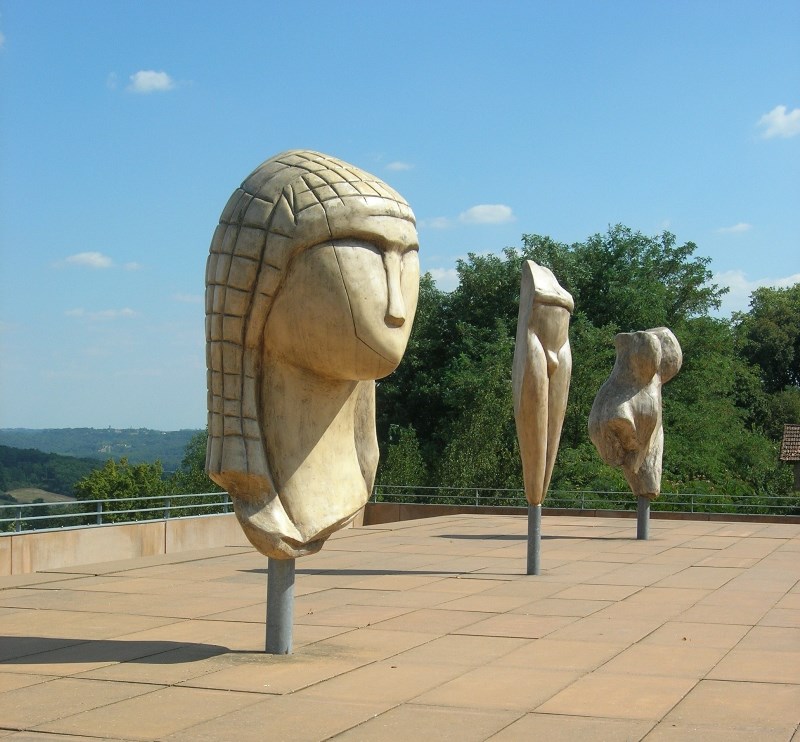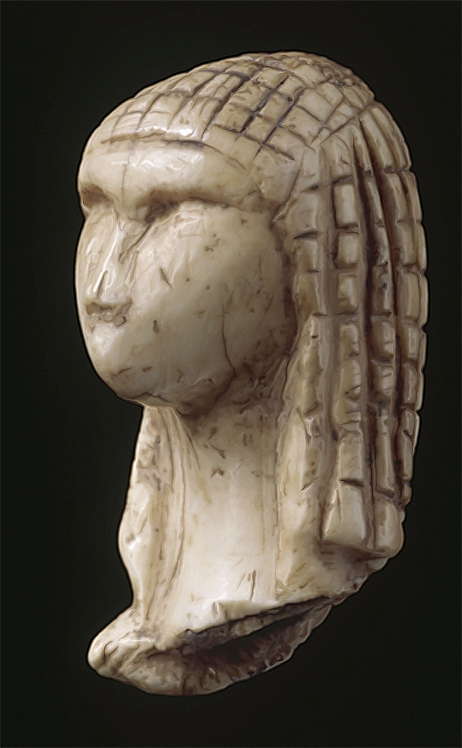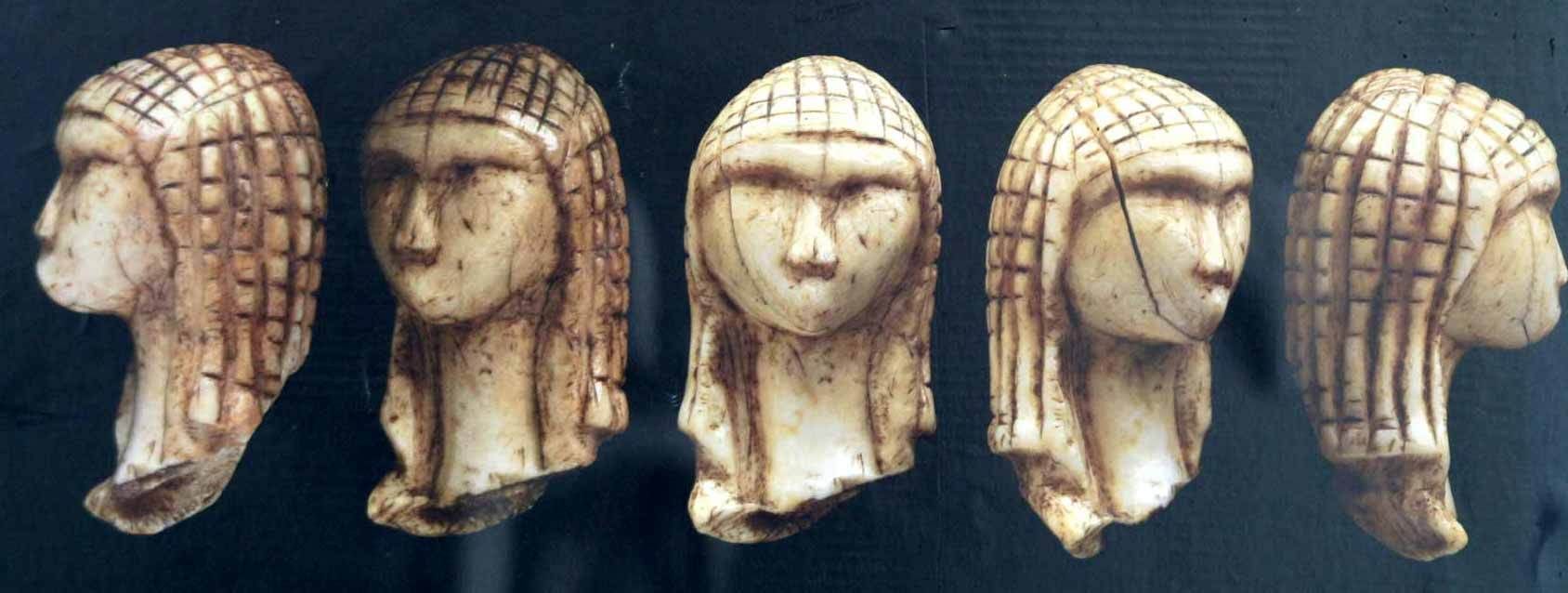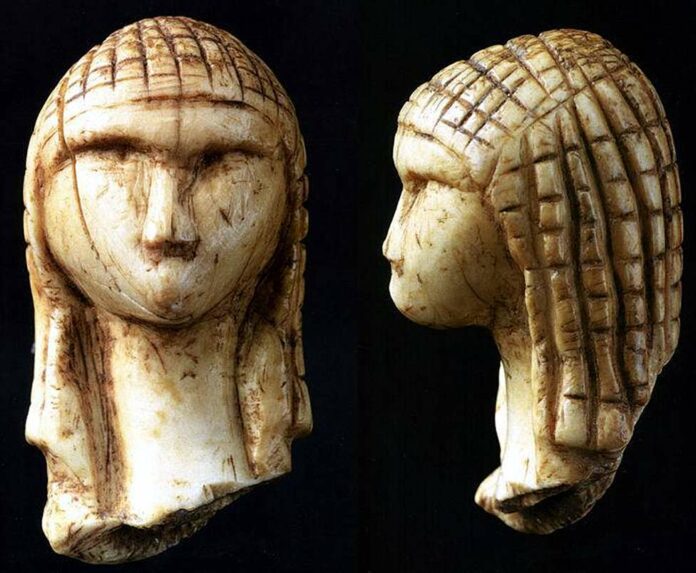The Venus of Brassempouy, also known as “La Dame de Brassempouy” or “Lady with the Hood,” is a remarkable fragmentary ivory figurine from the Upper Palaeolithic era. Discovered in 1894 in a cave in Brassempouy, France, this ancient artifact is believed to be around 25,000 years old. It stands out as one of the earliest known realistic representations of a human face, offering invaluable insights into prehistoric art and culture.
Discovery and Significance

The Village of Brassempouy
Brassempouy is a small village located in the département of Landes in southwest France. The area is renowned for its two significant Paleolithic sites, the Galerie des Hyènes (Gallery of the Hyenas) and the Grotte du Pape (Grotto of the Pope), which are situated just 100 meters apart. These caves were among the first Paleolithic sites to be explored in France, and it was in the Grotte du Pape that the Venus of Brassempouy was unearthed.
The Excavation
The initial exploration of the Grotte du Pape was conducted by P. E. Dubalen in 1881, followed by J. de Laporterie and Édouard Piette from 1894 onwards. Despite the nascent state of archaeological techniques at the time, which led to a lack of attention to stratigraphy, significant discoveries were made. In 1892, the site suffered considerable disturbance due to amateur excavations, yet Piette was able to identify layers attributed to the Solutrean period. The most important finds, including the Venus of Brassempouy, were later attributed to the Gravettian period during modern reanalysis led by Henri Delporte between 1981 and 2000.
The Figurine

Description and Features
The Venus of Brassempouy was carved from mammoth ivory and measures 3.65 cm in height, 2.2 cm in depth, and 1.9 cm in width. The figurine features a detailed forehead, nose, and brows carved in relief, but notably lacks a mouth. A vertical crack runs down the right side of the face, a result of the internal structure of the ivory. The head is adorned with a checkerboard-like pattern of shallow incisions, interpreted variously as a wig, a hood with geometric decoration, or hair styled in cornrows.
Artistic and Cultural Context
According to archaeologist Paul Bahn, the head is “unsexed,” despite being commonly referred to as a “Venus” or “lady.” The realistic yet stylized representation does not correspond precisely to any known human population, reflecting the unique artistic vision of its creators. Scholars believe the Venus of Brassempouy belonged to the Upper Palaeolithic Gravettian culture, dating it to the Middle Gravettian period, approximately 26,000 to 24,000 years ago. This places it contemporaneously with other notable Paleolithic Venus figurines, such as those from Lespugue, Dolní Věstonice, and Willendorf.
Display and Preservation

Current Exhibition
The Venus of Brassempouy is preserved at the Musée d’Archéologie Nationale in Saint-Germain-en-Laye, near Paris. Due to the delicate nature of ivory, which is susceptible to damage from environmental factors, the figurine is not part of the museum’s general Palaeolithic collection but is exhibited in the Salle Piette, accessible only by reservation.
Local Exhibits
In Brassempouy, the Maison de la Dame displays a variety of objects excavated from the Grotte du Pape. This exhibition space, primarily focused on regional archaeology, features a collection of casts of Paleolithic sculptures, including the nine existing specimens from Brassempouy, as well as casts of other famous figures such as the Venuses from Lespugue, Willendorf, and Dolní Věstonice.
Conclusion
The Venus of Brassempouy is a testament to the artistic skill and cultural richness of Upper Palaeolithic societies. Its discovery has provided profound insights into prehistoric art, offering a rare glimpse into the human past. As one of the earliest realistic representations of the human face, it continues to captivate and inspire both scholars and the public alike, preserving the legacy of our distant ancestors for future generations.
